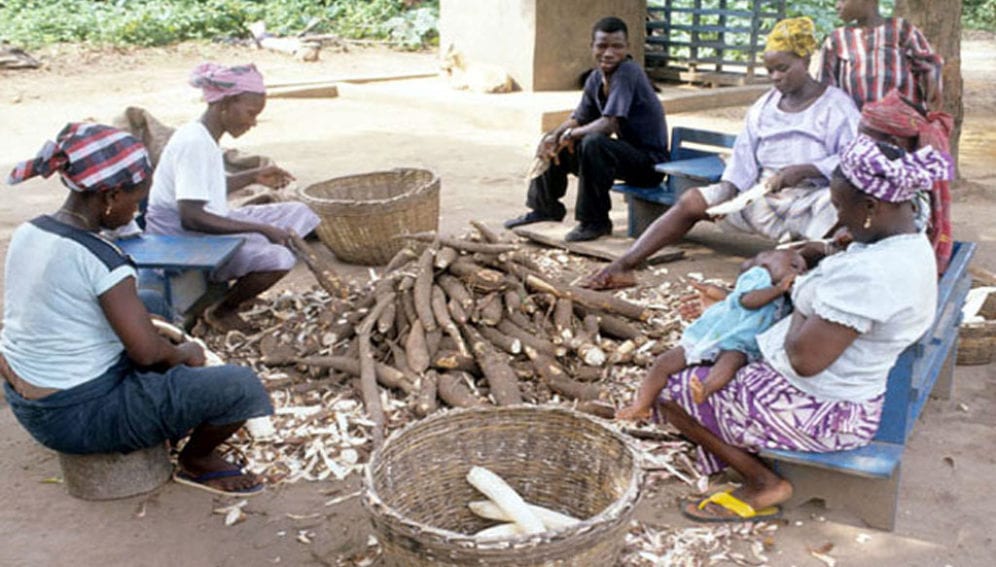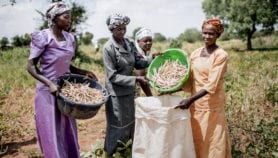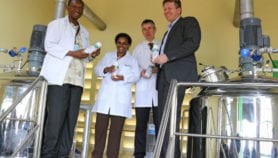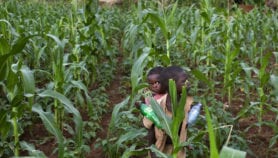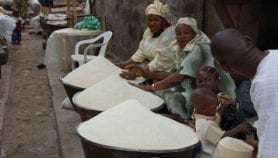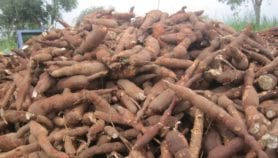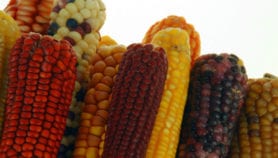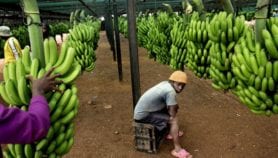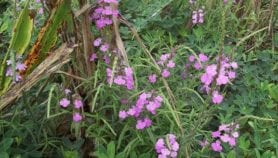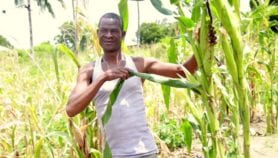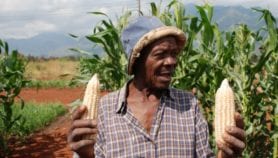By: Dorcas Odhiambo
Send to a friend
The details you provide on this page will not be used to send unsolicited email, and will not be sold to a 3rd party. See privacy policy.
[NAIROBI] Cassava could be bred on a large scale to contain high contents of vitamin A using a new process — called rapid cycling — that shortens the usual period from eight to only three years, according to a study.
The researchers say more than 70 million people in developing countries depend on cassava as a source of food but the current varieties lack enough vitamin A, an important nutrient that the WHO estimates its deficiency could make up to 500,000 children worldwide become blind each year.
Currently, cassava roots are only good as a source of calories or energy, says Hernan Ceballos, the lead author and a plant breeder at the International Center for Tropical Agriculture (CIAT). “People need other nutrients — minerals, vitamins and proteins — and cassava roots don´t have them. Millions of people in Africa are typically affected by vitamin A deficiency,” he adds.
The researchers from CIAT selected cassava varieties known to produce yellow roots and produced clones from them. They planted the seedlings from the clones in two experimental locations in Colombia from 2004 to 2009 and monitored the content of vitamin A in the new cassava varieties each year.
“People need other nutrients — minerals, vitamins and proteins — and cassava roots don´t have them. Millions of people in Africa are typically affected by vitamin A deficiency.”
Hernan Ceballos, the International Center for Tropical Agriculture (CIAT)
The study published in the latest issue of Crop Science (November-December) shows that the new process could quadruple the amount of beta-carotene, the orange pigment the body uses to make vitamin A, in three years. “This is the first report of a rapid cycling process to increase carotenoids in cassava on a large scale,” they added.
Ceballos says it usually takes about eight years for the selection process to establish genetic gain — the time needed for one normal cassava breeding cycle but their process took advantage of the cassava plants that carry the good genes for high-carotene content and can be trusted to transfer these good genes to their offspring.
The study is part of a ten-year project funded by the Bill and Melinda Gates Foundation to develop biofortified cassava.
“The breeding work to develop high carotene cassava clones for the ten years cost about US$2 million,” says Ceballos.
The cassava varieties developed at CIAT in Colombia, he explains, have been sent to International Institute of Tropical Agriculture in Nigeria where they are being used to develop commercial varieties that will meet farmers´ expectations. The initial focus countries are Democratic Republic of Congo and Nigeria.
Ceballos says scientists need policymakers to fast-track the uptake of their research findings.
Ivan Rwomushana, staple crops programme manager at the Association for Strengthening Agricultural Research in Eastern and Central Africa, says: “The development of cassava varieties rich in pro-vitamin A can contribute tremendously to vitamin A nutrition”.
He tells SciDev.Net: “The development and promotion of vitamin A-rich varieties will make a timely and significant contribution to improving dietary vitamin A status and food security in the region”.
Rwomushana adds that to combat vitamin A deficiency, there should be a combined approach, including using supplementation, long-term nutritional education and diets with varieties of nutrients.
Link to full paper in Crop Science
This article has been produced by SciDev.Net's Sub-Saharan Africa desk.
References
Crop Science doi: 10.2135/cropsci2013.02.0123 (2013)


